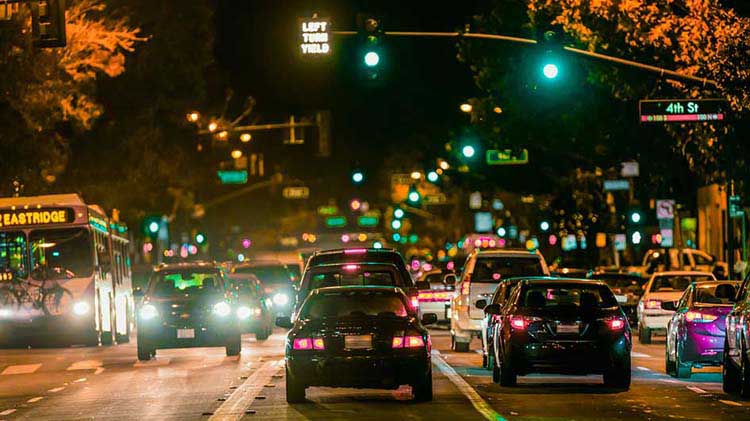This post was originally published on www.statefarm.com
Why are communities installing red light cameras?
Since law enforcement can’t catch everyone who runs a red light, some communities have mounted cameras on traffic lights. When a vehicle doesn’t stop for a red light, the camera takes a photo or video of the violation, recording the date, time, vehicle information and speed. An officer typically reviews the footage to verify a ticket, and the offending driver receives the ticket by mail.
Research shows that red light cameras are effective as deterrents, especially in lowering the number of the most dangerous light violations, which occur 1.5 seconds after the light turns red. In 2019, 388 communities in the United States were operating red light traffic camera programs. See if you live in one of them .
Be warned that if someone claiming to be a police officer calls a driver to demand a fine, it’s likely a phone scam. If this happens, do not give out any personal information. Hang up immediately and call the police.
What should I do when approaching a red light?
Running red lights is a serious safety concern for veteran and teen drivers alike. In 2017, 132,890 people were killed or injured from crashes involving red-light running.
Red light camera or no camera, always be cautious when approaching red lights.
- Come to a complete stop before the crosswalk or solid line.
- Obey the speed limit and slow down early.
- Never try to beat yellow lights. If you can’t stop safely, maintain your speed through the intersection.
- When turning right on red, come to a complete stop before inching forward to look for gaps in traffic.
- Yield to pedestrians and bicyclists.
- Even after a light turns green, check in all directions before proceeding into traffic.
What are some of the intersection rules of the road?
Review these safety driving tips to make sure you and your passengers arrive at your destination.
- When approaching an intersection that isn’t busy, there might not be signs or signals. Yield to the traffic that’s already in the intersection.
- At busier intersections, STOP or YIELD signs might be in place to give priority, or the right-of-way, to traffic on the busier street.
- If you see a “4-way” or “All-way” tab below a STOP sign, this means that all directions have a STOP sign. The vehicle that arrives first gets to go first. In the event of a tie, the vehicle on the right has the right-of-way.
- Vehicles already in a roundabout have the right of way.
- At the busiest intersections, traffic signals may be used to alternate the right-of-way to each street, and maybe even to each direction of traffic.
- At an intersection when the light has just turned green, look for cars on the crossing street that might be going through a red light.
- When the light has been green for some time, be ready to slow down in case the light changes to yellow or amber. Take your foot off the gas pedal and cover, but don’t press on, the brake pedal.
- Yellow or amber lights don’t mean speed up. It means the light is about to turn red, so be prepared to stop. You should not enter the intersection if the light is yellow.
- Pedestrians are particularly vulnerable at intersections, so be alert at busy intersections near bus stops, schools, shopping areas or business districts. Like some drivers, pedestrians may be distracted by their mobile devices or other people, and may behave erratically or unpredictably.
- If you arrive at an intersection that has a signal where the electricity has gone out, or if you see that the red light is flashing, proceed through that intersection as if all directions had a STOP sign.
- In all cases, you must yield the right-of-way to emergency vehicles (police, fire, ambulance, etc.) that are at an intersection.
And remember, drive better, save better with Drive Safe & Save™ from State Farm®. With the Drive Safe & Save app (or OnStar®), your driving information, or telematics, are used to calculate your discount. Contact a State Farm agent today to learn more.
[ad_1]
